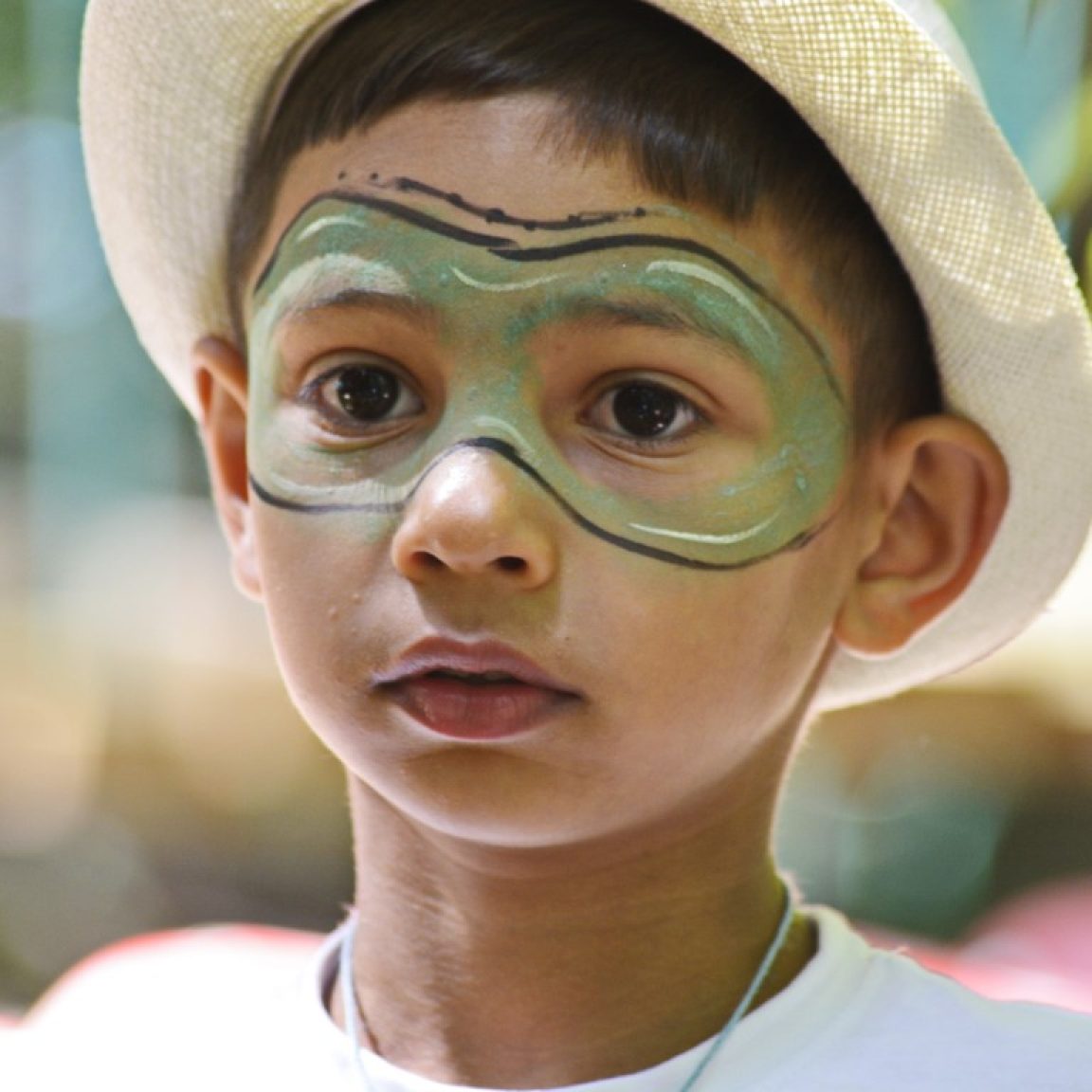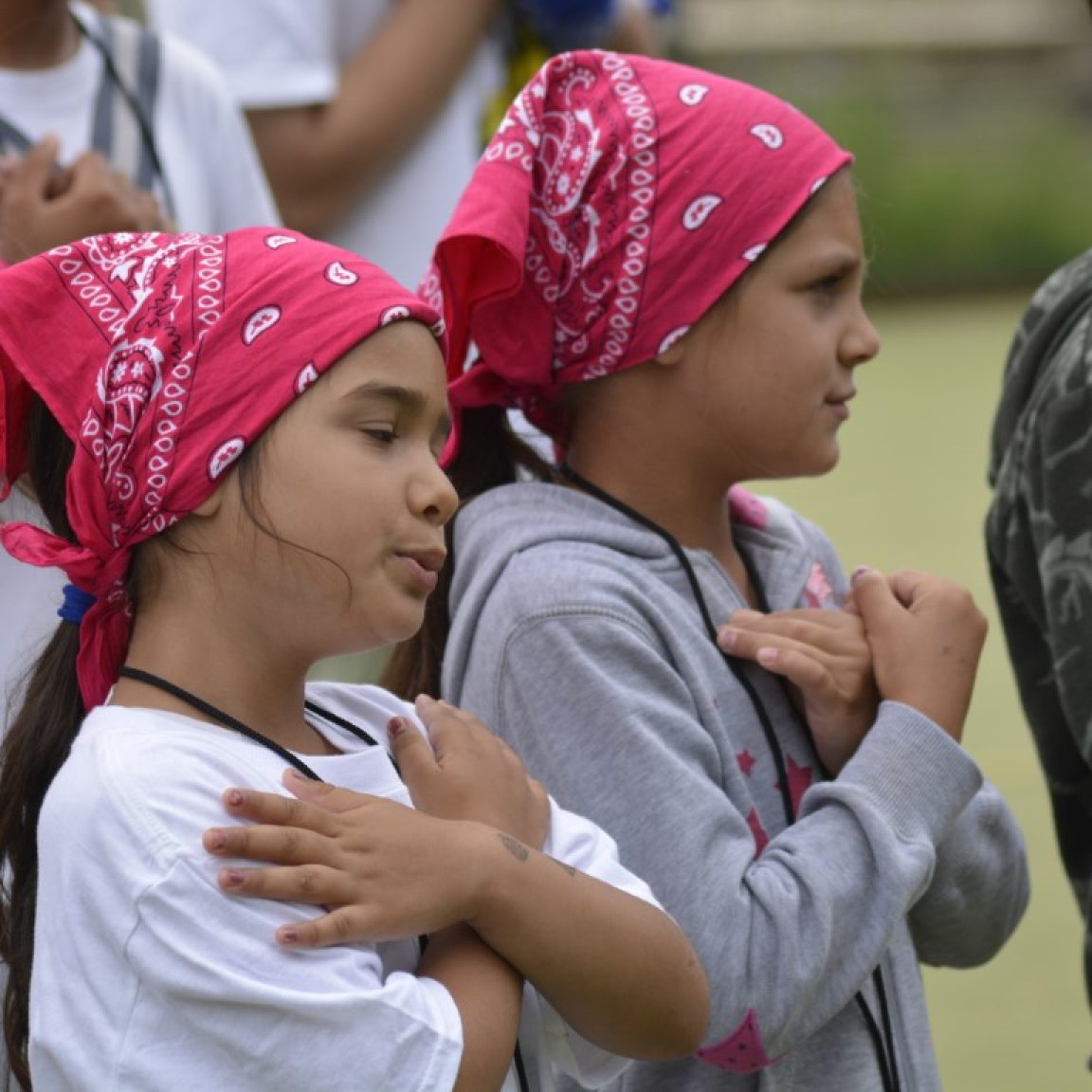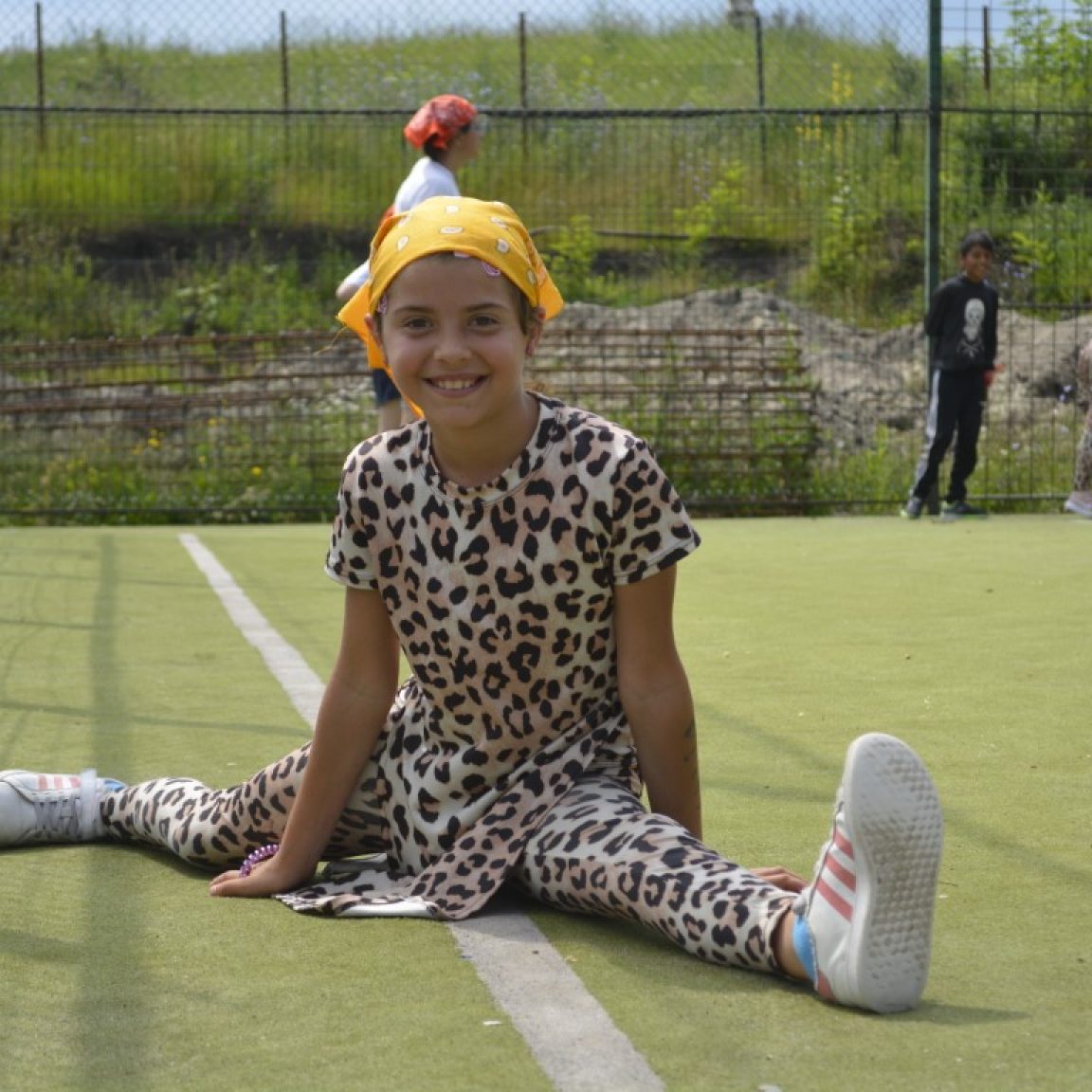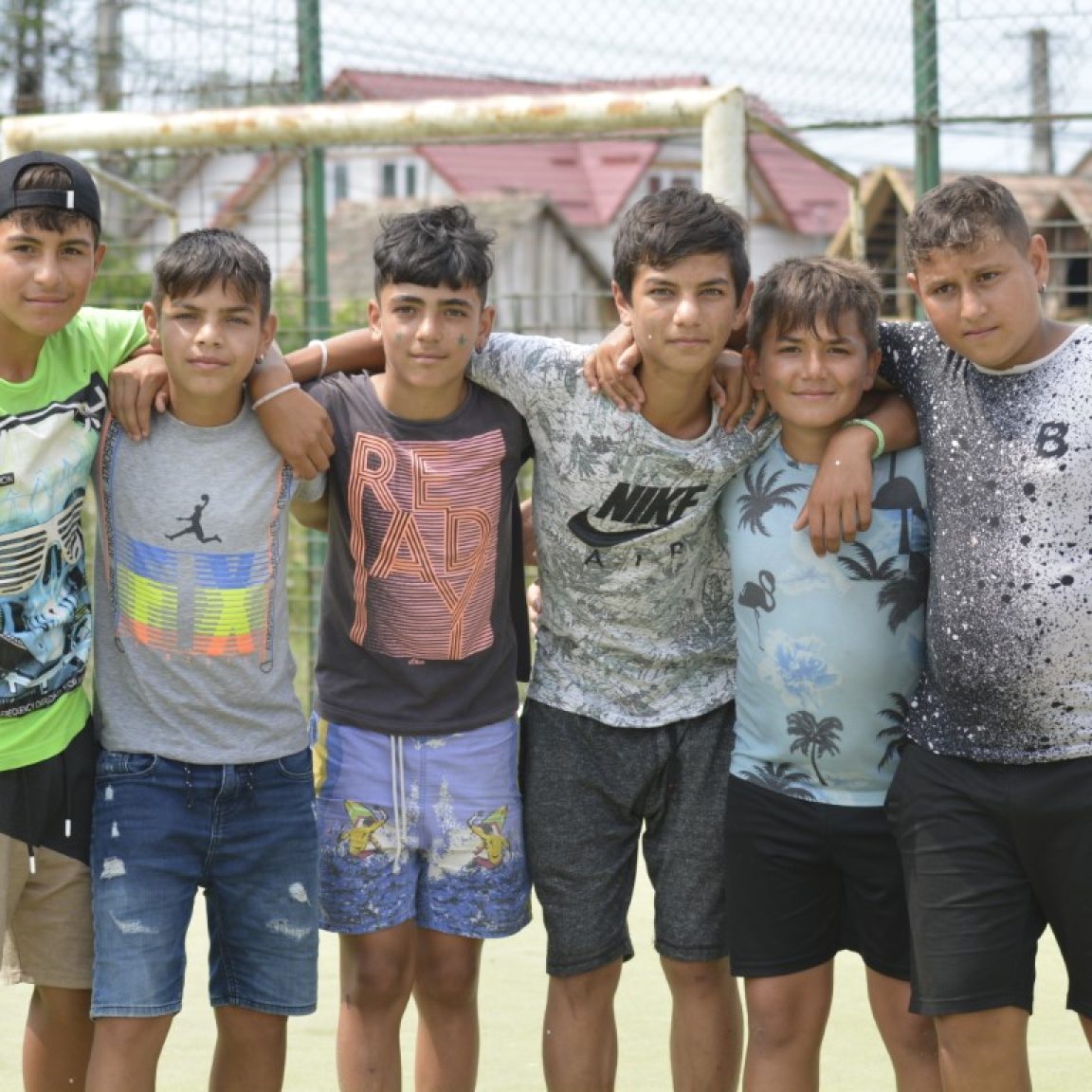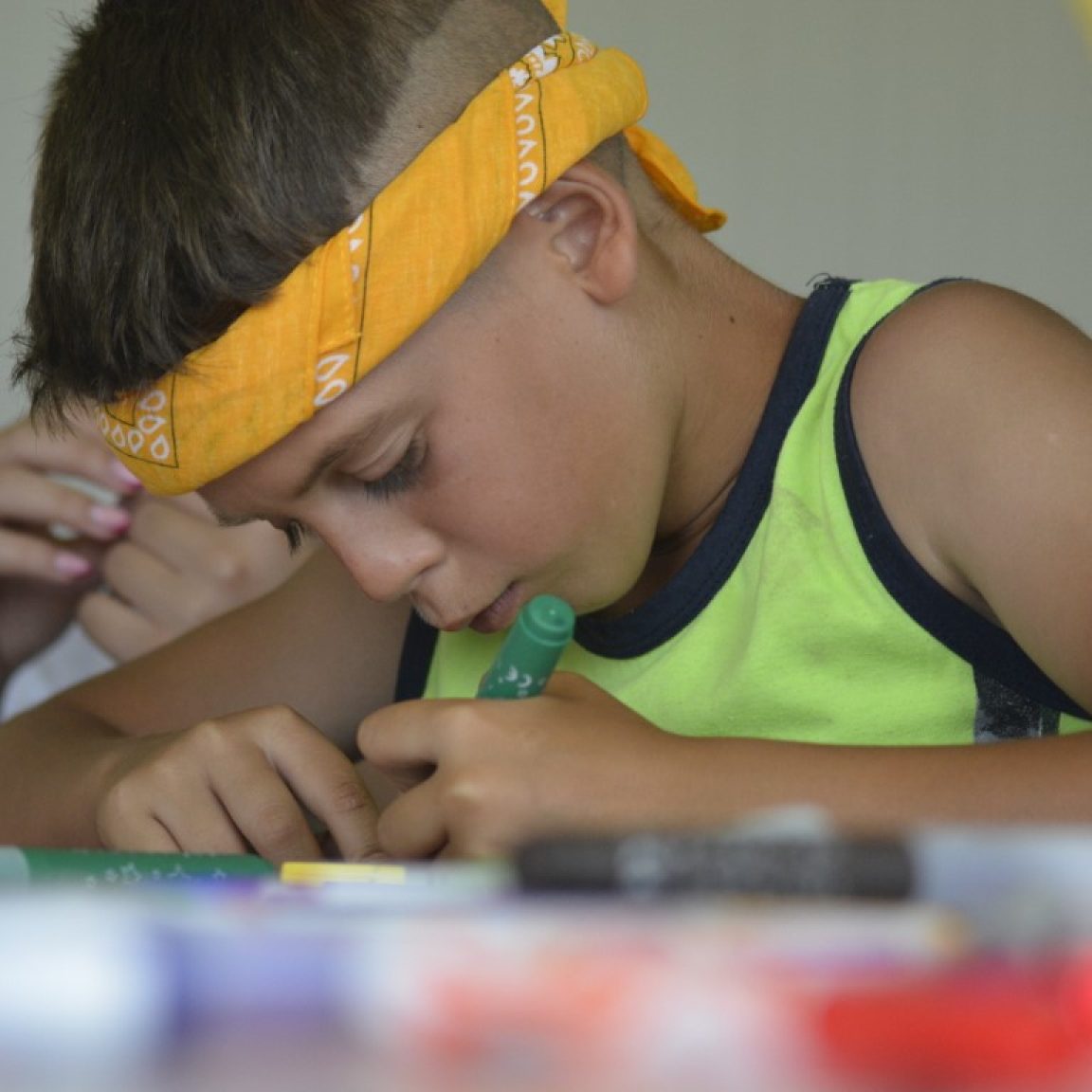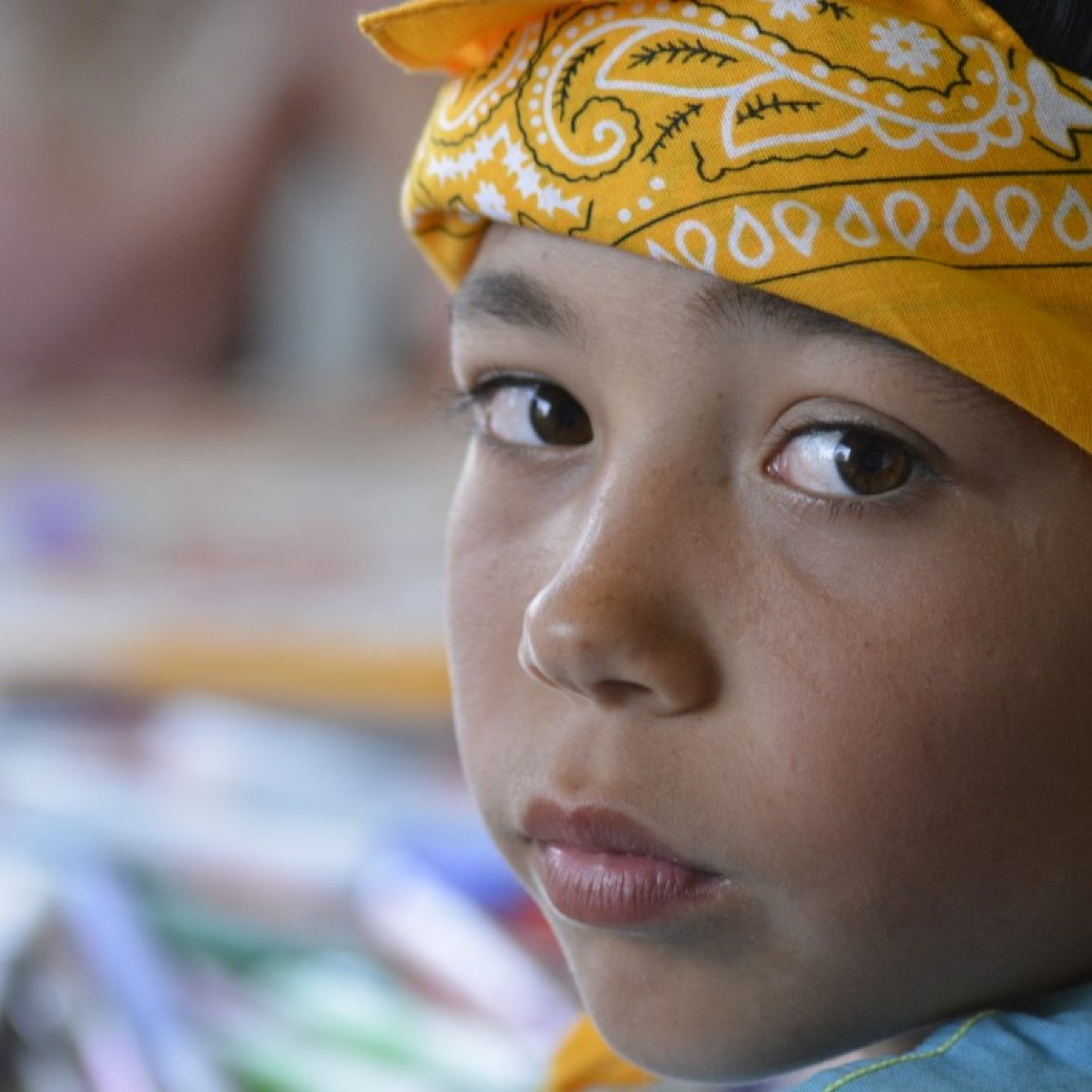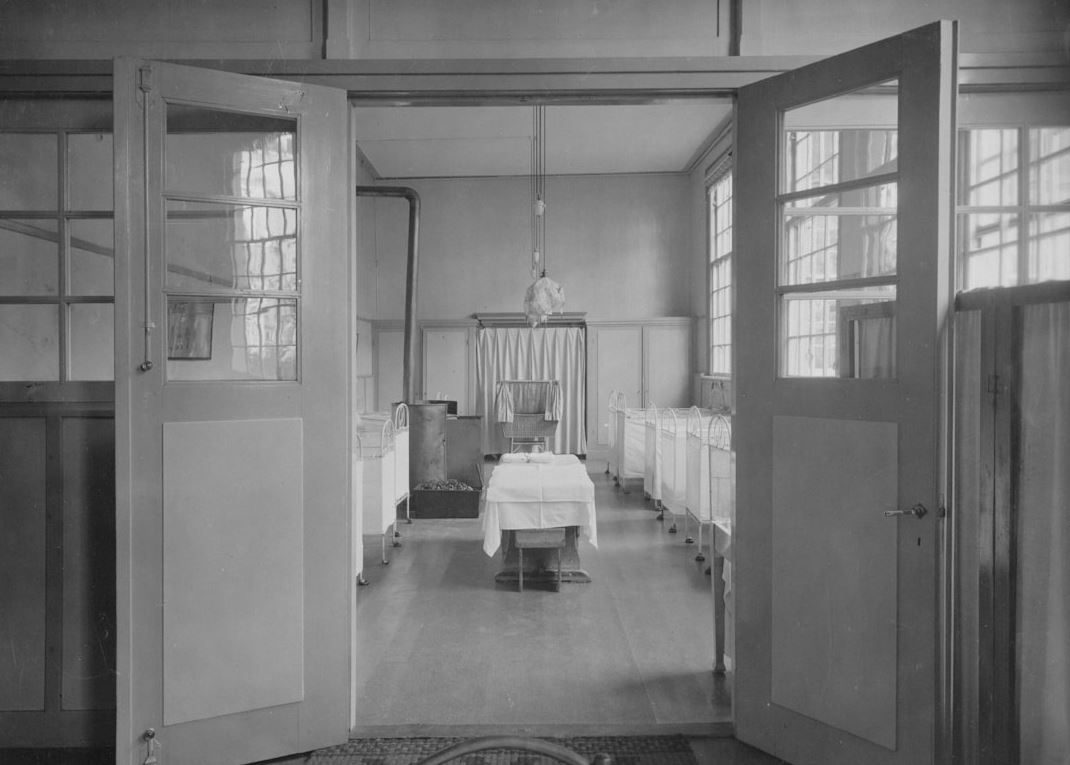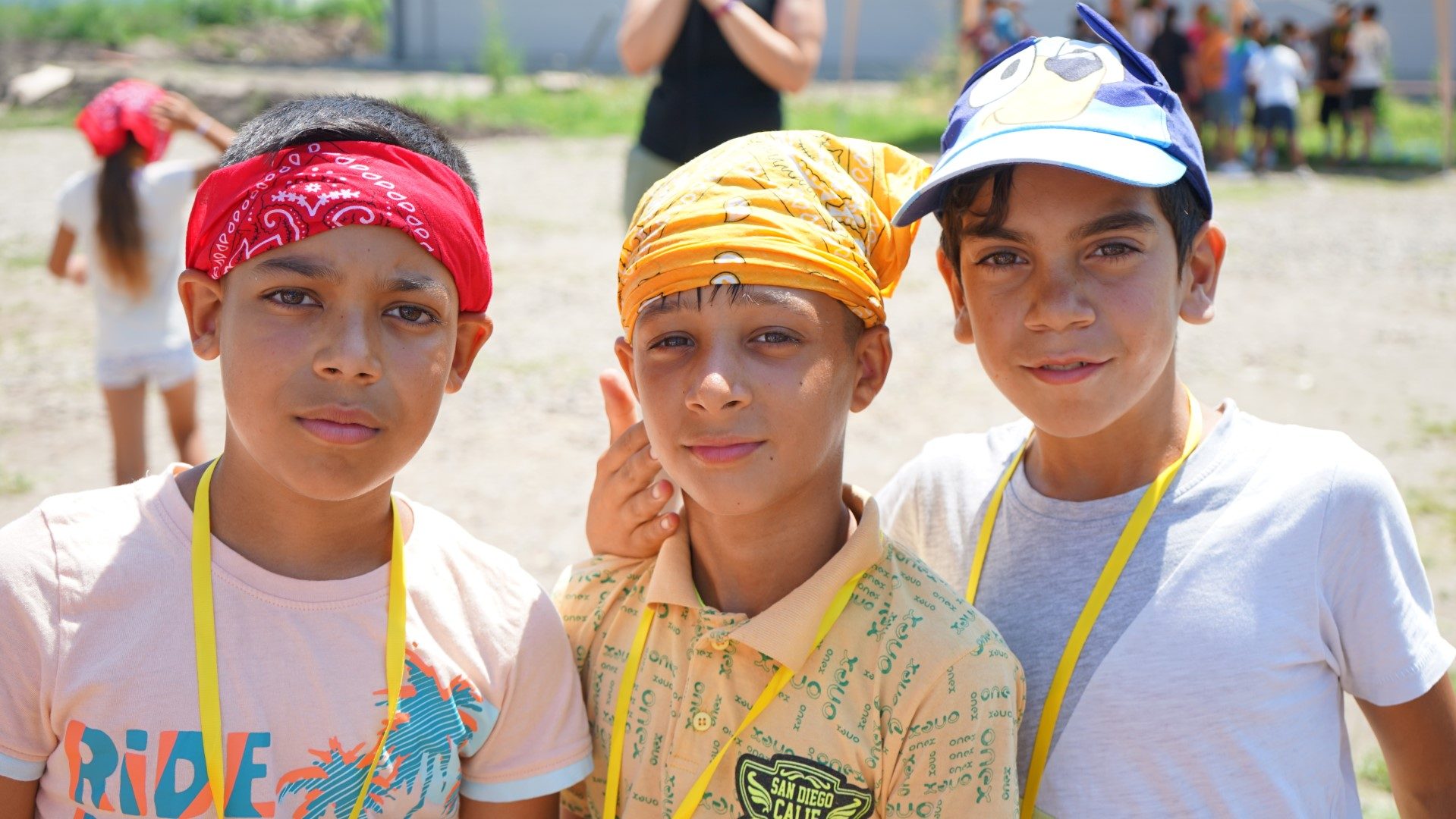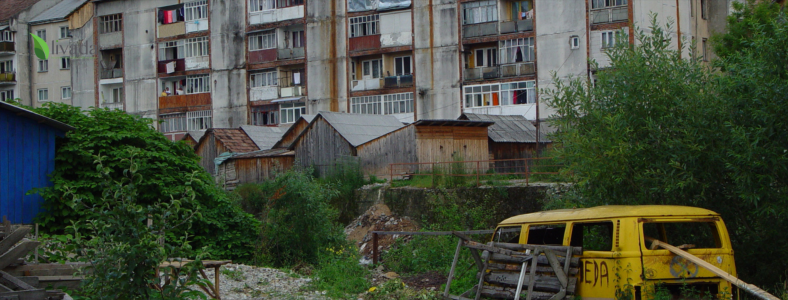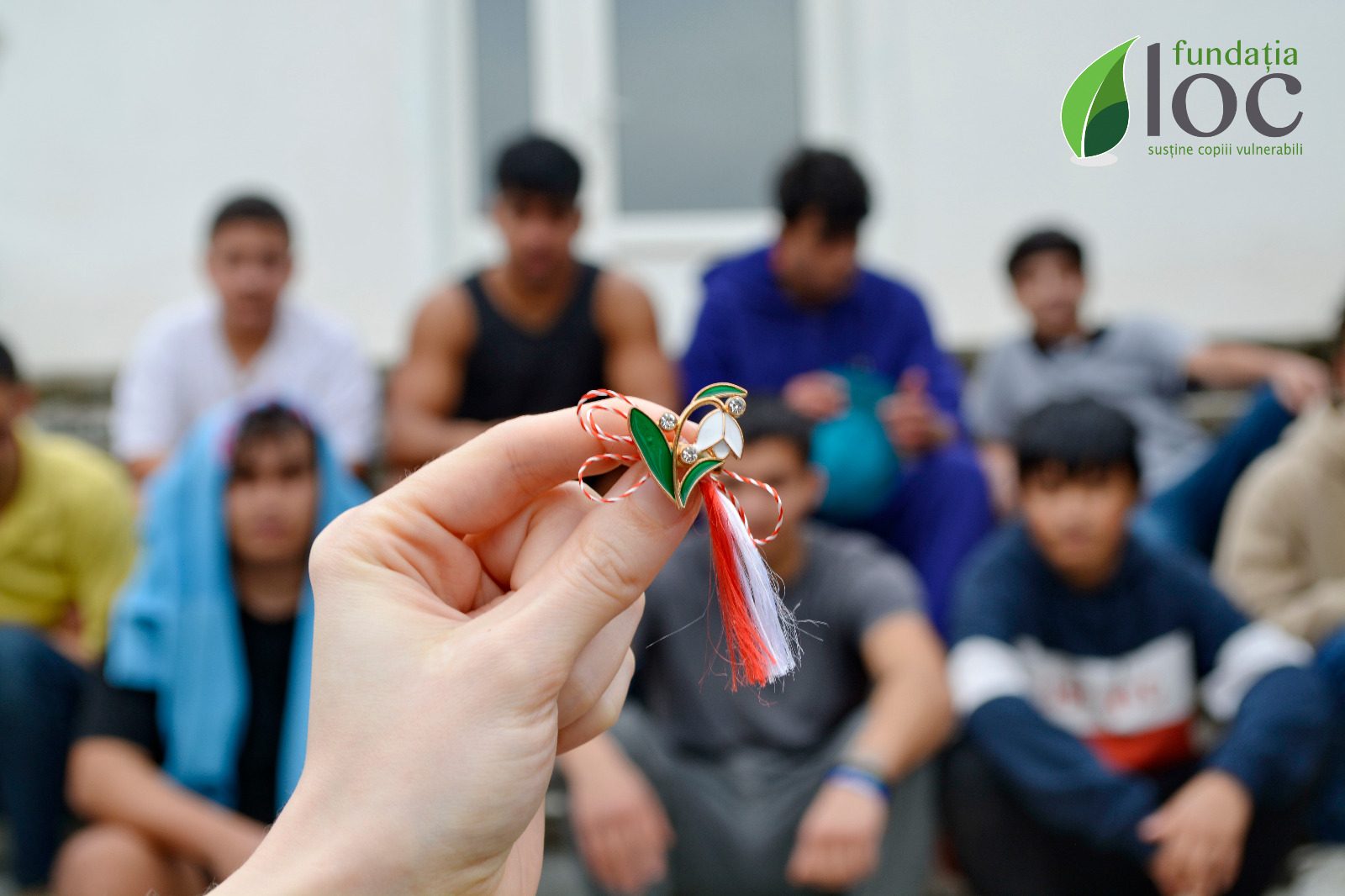As spring beckons, Romania embraces a unique and heartwarming tradition that symbolizes the rejuvenation and hope that the season brings. Known as Mărțișor, this tradition is celebrated at the dawn of spring, specifically in the month of March. It is not only a cultural hallmark in Romania but also holds a special place in the hearts of those in Moldova.
Mărțișor – a term derived from “marț,” the old folk name for March, encapsulates the essence of “little March.” This tradition involves the creation and gifting of a small, yet significant object – typically fashioned from two intertwined strings, one red and the other white, culminating in a hanging tassel. This simple, yet profound symbol carries deep meanings and is a representation of spring’s arrival.
The tradition of Mărțișor is deeply rooted in Romanian culture, with the practice of wearing this symbolic ornament during the initial days of March. It is customarily worn on the chest, akin to a brooch or a lapel pin, commencing from the 1st of March. Historical practices varied, with some wearing it from the first new moon of March until a significant local holiday, which could range anywhere from March 9th to May 1st, or until the blossoming of the first tree flowers, depending on regional traditions. Previously, it was also common to wear the Mărțișor tied around the wrist or as a necklace.
The intertwining of the red and white strings is symbolic, with red representing life and vitality, like the blood of Jesus, and white symbolizing purity and new beginnings, much like the cleansing snow of winter giving way to spring. This symbolism reflects the cycle of life and nature’s rebirth, making Mărțișor a poignant reminder of the beauty and hope that spring brings.
For the children in Romania, especially those in orphanages, the tradition of Mărțișor is a beacon of joy and a symbol of the care and warmth extended by the community towards them. It is a time when the simple act of giving a Mărțișor can light up a child’s face with a smile, making them feel loved and part of the community’s embrace of spring.
The Mărțișor tradition is a beautiful expression of cultural identity and communal solidarity. It is a testament to the resilience and spirit of the Romanian people, who cherish and uphold their traditions, passing them down through generations. As we celebrate Mărțișor, we are reminded of the power of traditions to bring us together, foster a sense of belonging, and spread happiness.
This spring, as we embrace the spirit of renewal and hope, let us remember the significance of the Mărțișor and the joy it brings to the hearts of many, especially the children who look forward to this gesture of love and inclusion. The Mărțișor is not just a symbol of spring; it is a symbol of our collective hope, care, and the enduring spirit of community.



